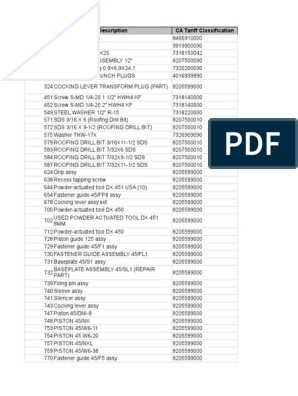0% found this document useful (0 votes)
34 views22 pagesNutritional Problems in Nepal (Practical) 2024-2
Uploaded by
itssamir98449Copyright
© © All Rights Reserved
We take content rights seriously. If you suspect this is your content, claim it here.
Available Formats
Download as PPTX, PDF, TXT or read online on Scribd
0% found this document useful (0 votes)
34 views22 pagesNutritional Problems in Nepal (Practical) 2024-2
Uploaded by
itssamir98449Copyright
© © All Rights Reserved
We take content rights seriously. If you suspect this is your content, claim it here.
Available Formats
Download as PPTX, PDF, TXT or read online on Scribd
/ 22
























































































